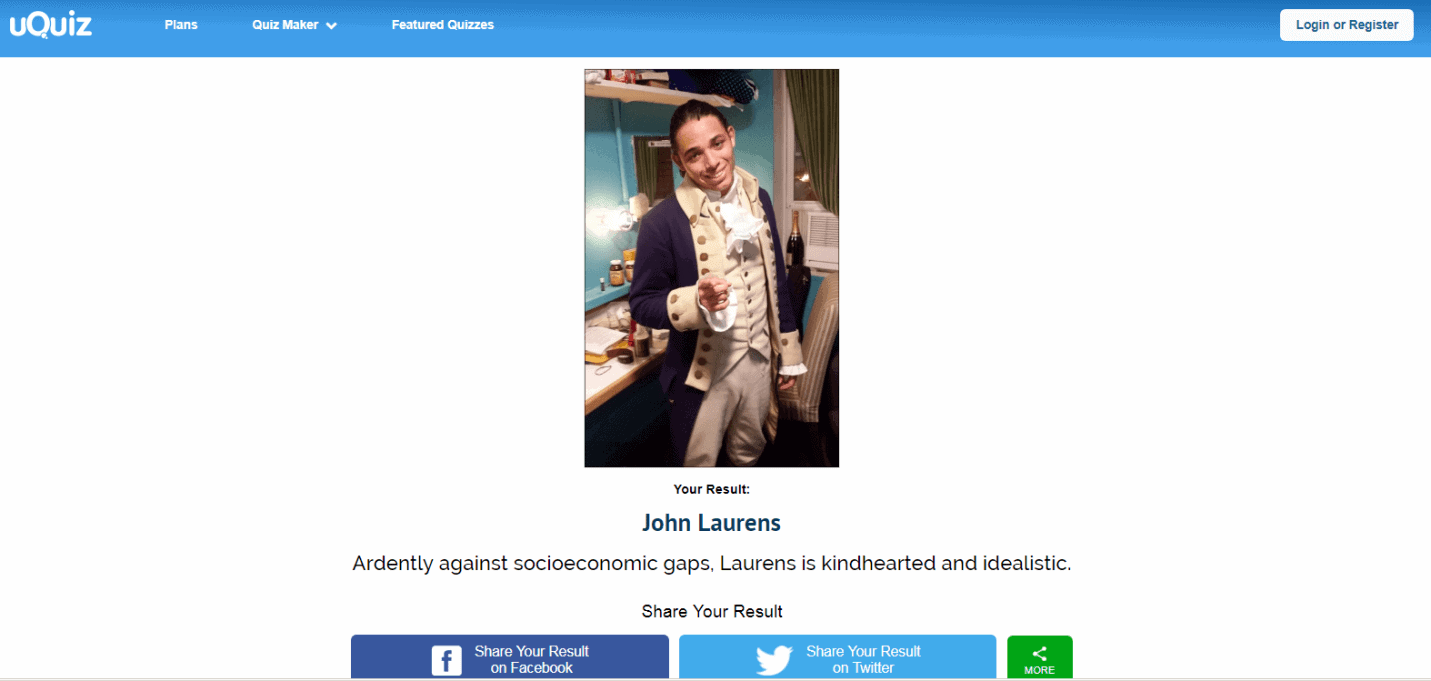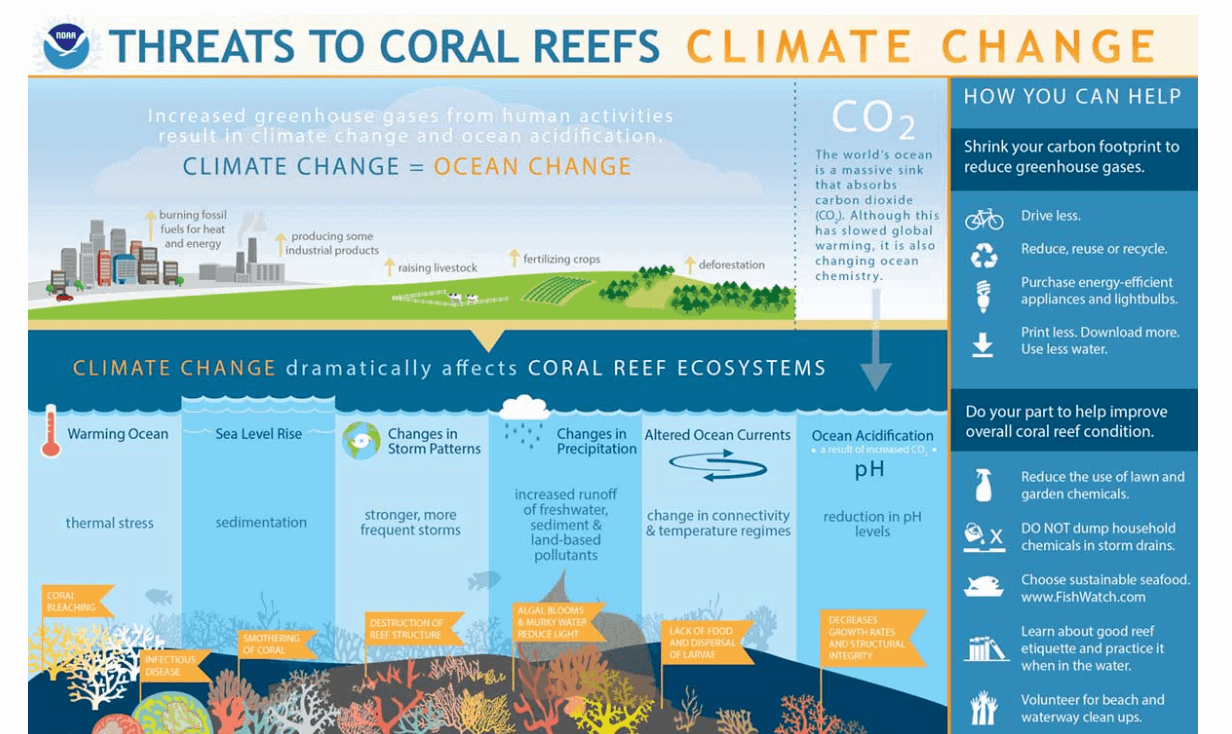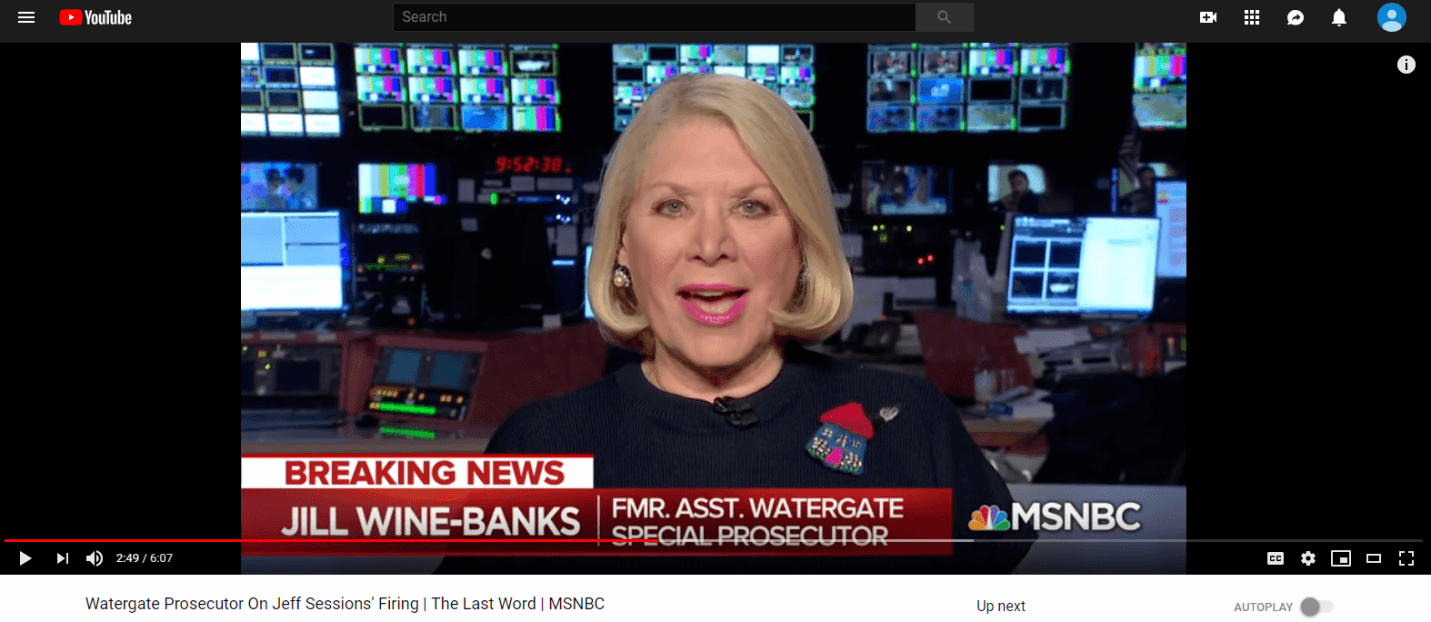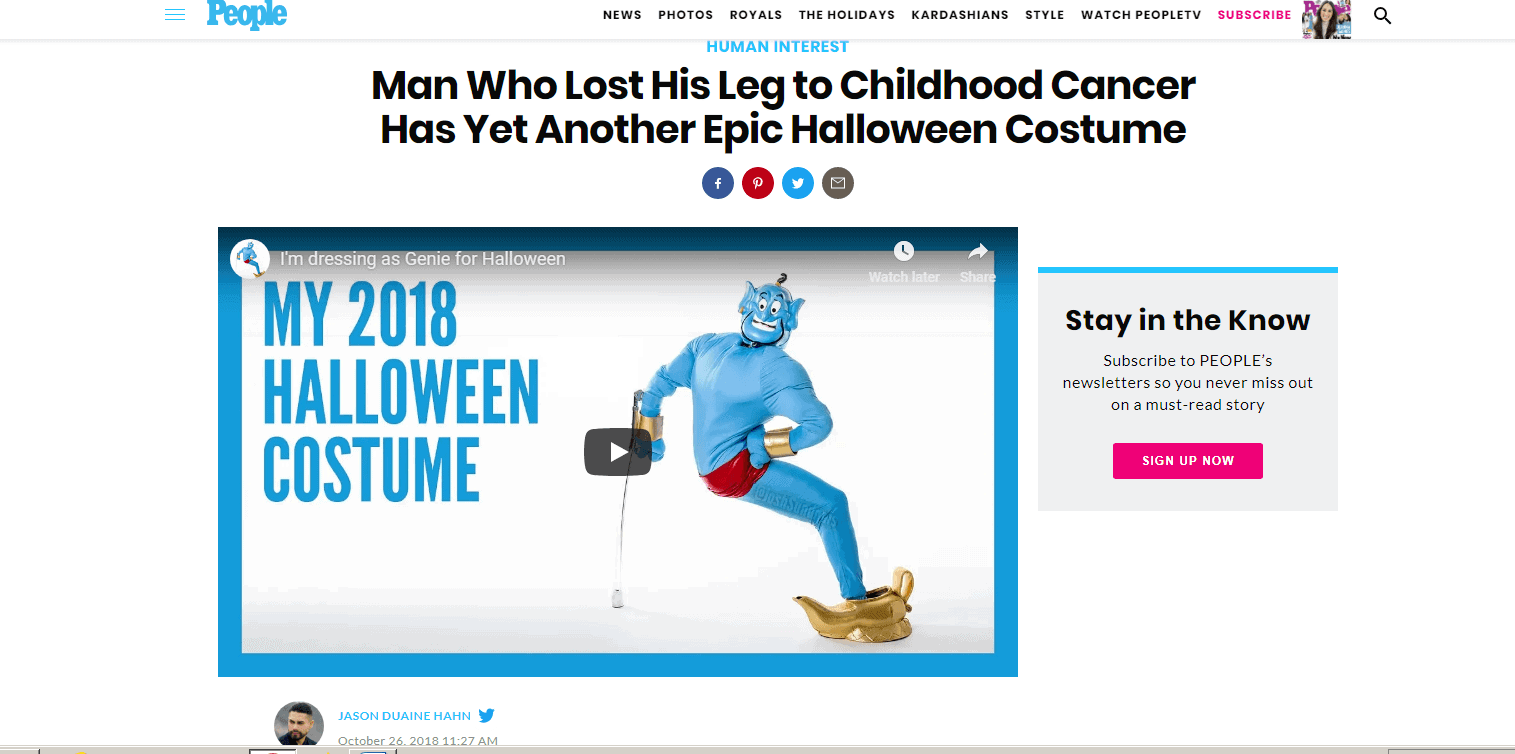
Successful Viral Content: 7 Techniques to Help You Connect With Your Customer Base

Recently, as I took a break from writing web content, I perused an online fan forum in which someone expressed the opinion that the Muppets should put out viral videos on their YouTube channel at the rate of one per month. The statement was met with confusion and skepticism by the other forum users: How can anyone guarantee that content goes viral on a regular monthly basis?

The answer is that no one can guarantee that content will go viral (that is, garner a great deal of views and shares on social media) on a predetermined schedule. On examination, that wasn’t really what the user meant at all. Rather, he meant to say that The Muppets Studio holding company should be putting out high-quality, well-written, well-produced Muppet videos on YouTube once per month that have the potential to connect with the public and generate social engagement with its brand.
My point in bringing up this anecdote is to demonstrate that an attempt to base a digital content marketing strategy on virality, in whole or in part, is doomed to failure. Predicting what content will go viral is like predicting where lightning will strike: It can’t be done before the event.
However, while you can’t predict where lightning will strike, you can use what you know about electricity to build an attractive apparatus that will increase the probability of a strike and, more importantly, direct the resultant energy where you want it to go.
It’s the same with content marketing: You can look at previous examples of successful viral content and incorporate their features into your digital marketing strategy to increase the probability that it will connect with your customer base and show off your company to the best possible advantage.
How To Write A Hook That Will Connect Your Content to Your Customers
The most important thing to understand when it comes to digital content marketing is that the quality of your content is the driving force behind engagement with the public.
To paraphrase “Field of Dreams,” if you put out quality material, customers will come. In order to attract views and shares, therefore, you must produce content that has value for your intended audience.
Virality may be a flash in the pan, but it usually doesn’t happen without a great deal of effort on your part. In the words of Jordan Kasteler,
“Viral content is quality content. It’s passionate, it’s well-written, it’s eloquent, or it’s hilarious. If you want the thousands of shares, you’re going to have to put into [sic] the hours to make something of real value for your audience.”
However, your content must be more than quality in order to leverage social media to draw your customers to it; you must attract your audience’s attention and communicate to them that you have something of value to offer and that paying attention to it is in their best interests.
It can be a challenge to make your content stand out, particularly when you’re up against character limits, competitors, and short attention spans, but it can be done.
While there’s no magic formula to ensure that content will go viral, you often see one or more of the following traits in content that has generated a lot of shares:
- Positive
- Current
- Emotional
- Participatory
- Visual
The following content creation techniques have successfully gone viral in the past, and you can see that each of them incorporates at least one of the five traits listed above.
1. Quizzes
Online quizzes can serve two different purposes: testing your knowledge (How Well Do You Know the Lyrics to “Hamilton: The Musical”?) and telling you something about yourself (Which “Hamilton” Character Are You?)
Quizzes are attractive to consumers because they’re engaging, fun, and offer the opportunity to learn something new. Conversely, they help you by encouraging sharing in the form of challenging friends through social networks to take the quiz and compare results.

2. Visuals and Videos
Social media is awash with visual content in the form of videos, photos, animated GIFs, infographics, and so on, because they are effective at gaining shares by expressing a lot of thought and emotion with relatively few or no words.
Visual content can be informational in nature or purely for entertainment. In 2009 the Muppets Studio leveraged the power of sharing videos through social media, both to introduce their characters and their brand to a new audience as well as to satisfy the desire of established fans for new material when they released the Muppets’ spoof of Queen’s “Bohemian Rhapsody” video.
The enormously popular video has since gained over 68 million views by combining two things that people already love, puppet shows and ’70s glam rock, in a new and entertaining way to evoke a positive emotional response.

Jonathan Allen explains why videos and visual content can be so effective: “The combination of video and imagery and one-to-one communication has created the ability for everyone to share emotions more viscerally than anyone could before. ‘A picture speaks a thousand words’ is as true as ever. “
However, while visuals can be viscerally emotional, you can also use them in an intellectual way. For example, you could use an infographic to explain a complicated scientific concept, such as the effect of climate change on coral reefs, to an audience of non-scientists. Perhaps the most effective visual content uses factual information to provoke an emotional response in your audience.

3. Controversial Topics
Of course, bringing up a contested issue such as climate change opens the door to controversy. If you are naturally averse to conflict, it can be difficult to stir it up intentionally, but if you want your content to be seen by more people, taking a firm stance on a current hot-button issue is likely to elicit a strong response and generate shares from readers.
Jeremy Knauff explains it this way: “Those who agree will link to your controversial content because it supports their position, while those who disagree will often link to it to point out how ridiculous, wrong, or even stupid they think you are. Either way, you win.”
That being said, there is a right way and a wrong way to make use of controversial content. It’s not enough merely to take a strong position on an issue; you must also thoroughly research the issue and present a well-written, well-reasoned argument.
Otherwise, you may get the shares from people who think your position is stupid, but not from people who agree with your position but think your argument is lacking in logic. Several examples here qualify as controversial topics, such as the climate change infographic previously mentioned and Robert Ebert’s “Best Movies of the Decade” list below.
4. Ranked Lists
Ranked lists incorporate at least three of the common traits of viral content listed above. Make a list about things that people really care about (such as the best or worst movies), assign a value judgment to them (X movie is better than Y movie), and you’re likely to evoke an emotional reaction from readers.
Those who agree with your rankings will feel positively about your list, and those who disagree will want to participate in the discussion by making their own rankings.
As an example, Roger Ebert’s “Best Films of the Decade” list, encompassing the years between 2000 and 2009, included indie teen pregnancy dramedy “Juno,” foreign-language fantasy “Pan’s Labyrinth,” thoughtful but fast-paced science fiction allegory “Minority Report,” nihilist revenge drama “Kill Bill Volumes 1 and 2,” and “Crash,” one of the most controversial Academy Award winners for Best Picture of all time, as well as some obscure films that may have been unfamiliar to even the most devoted cinephiles.
Each reader was likely to disagree with Ebert in at least one of his rankings, and many of them wanted to explain precisely why to him and other readers.

5. Expert Opinions
Roger Ebert’s “Best Films of the Decade” list also counts as an expert opinion. Regardless of whether people agreed with Ebert’s opinions, they tended to respect them because he was so knowledgeable about the film industry and expressed himself in such an eloquent way.
Reference an established expert in your content, and people sit up and pay attention. Just be sure that you use their words responsibly and do not misrepresent them. Otherwise, not only will you lose credibility with your audience, but you could be inviting legal action.
MSNBC anchors, like Lawrence O’Donnell, frequently invite investigators and prosecutors involved in the Watergate scandal during the Nixon administration to comment upon the activities of the current White House.

6. How-To’s and Tutorials
Perhaps you don’t need to appeal to outside experts because you are already an authority in your field. Perhaps you have a valuable skill that other people would like to learn.
Share your knowledge step by step by putting together a tutorial that allows people to apply your knowledge on their own. Try offering a how-to guide as a free download on your website. If your content is of practical value, people will likely keep coming back to your site for more.
Tutorials have been in use since before the days of the internet. As early as 1969, visionary puppeteer and Muppet creator Jim Henson created entertaining and educational television programs teaching children how to make puppets, which still inspire puppet builders to create web tutorials on puppet building to this day, for beginners as well as experts.

7. Human Interest Stories
People want to feel good, so they seek out content that evokes smiles and warm-fuzzy feelings, such as the story of the kindergarten class who learned to sign “Happy Birthday” as a gift for the janitor of their school, who is deaf.

People also like to root for the underdog, so they seek out stories of ordinary people triumphing over extraordinary adversity, such as the man who lost his leg to cancer as a child who now works as a motivational speaker and comes up with creative Halloween costumes to help people with disabilities work through issues with body image.

Human beings are social creatures, so when we feel good, we like to share that feeling with others, which is why positive and uplifting human interest stories are among the content most likely to go viral.
Conclusion
Viral success doesn’t happen overnight. It takes time, effort, and preparation to create quality content that people will relate to. Working with a content writing service like BKA won’t guarantee that your posts will go viral, but it will help you to put consistently high-quality content on your website and social media accounts in a timely and cost-effective manner.
- Finding Effective Keywords To Incorporate Into Your Content Strategy - December 17, 2023
- Successful Viral Content: 7 Techniques to Help You Connect With Your Customer Base - December 14, 2023
- Geo Targeting: A Powerful Content Marketing Strategy - December 6, 2023

